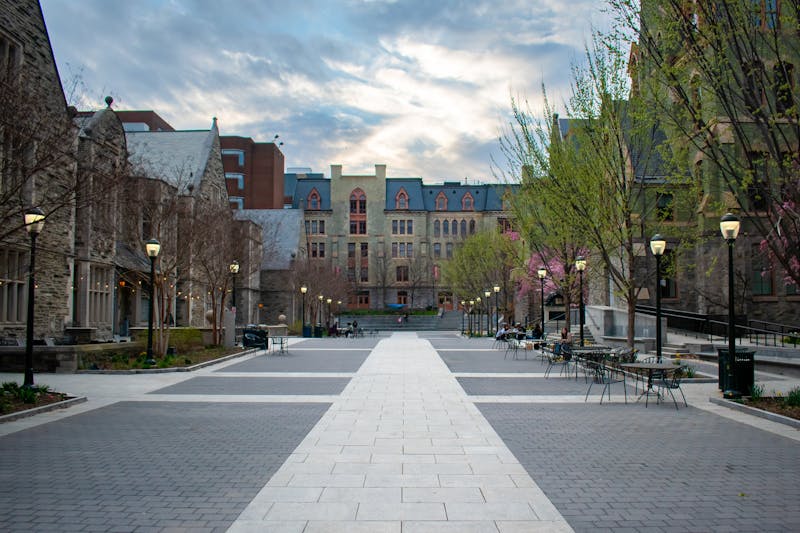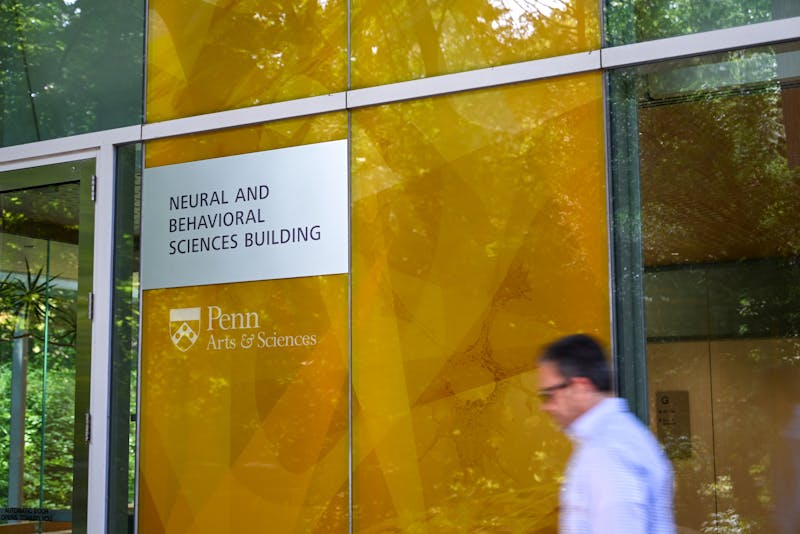Most of the construction on Skirkanich Hall, the new School of Engineering and Applied Sciences building, has been going on underground and behind the walls, but is happening according to schedule.
Construction for the $42.2 million building -- located at 33rd and Walnut Street-- began last summer. The School of Engineering's Director of Facilities Planning Ira Winston said the finished product, "a state-of-the-art biomedical research lab," will have students in its classrooms by February 2006.
This week, the signage for the inside of the building -- which display the donors' names --was presented to Engineering Dean Eduardo Glandt.
"The signs are objects of beauty," Glandt said. "It's going to be a very beautiful, well-detailed building."
Project architect Phillip Ryan, from the New York firm Tod Williams Billie Tsien & Associates, said that construction has been going well, although the location of the construction site has posed some problems.
According to Ryan, Skirkanich Hall has "relatively complicated constructability issues," because of its street-side location. It is also difficult for workers to access some of the building materials.
Despite the physical obstacles, the steam and electrical lines have been rerouted and 45 columns have been set as the foundation structure.
"It's a building that is defined by its problems and answers them in a clear and positive way -- it's intended to be a ... connective structure," Ryan said. "It's going to create a wonderful knot of activities."
Skirkanich Hall will be the fourth component to complete the Engineering Quadrangle -- consisting of the Moore Building, the Towne Building, and Levine Hall. There will also be a grassy area called Palestra Green in front of Skirkanich Hall.
Skirkanich Hall is named after Engineering Overseer and Peter Skirkanich, also a University Trustee, and his wife Geri for their $10 million gift -- the largest donation ever received by Penn Engineering.
The building is the second phase in a three-part Engineering project, following the completion of Levine Hall in 2003. The University is still looking for donors to support a new nanotechnology center, which will complete the third phase.
The Daily Pennsylvanian is an independent, student-run newspaper. Please consider making a donation to support the coverage that shapes the University. Your generosity ensures a future of strong journalism at Penn.
DonatePlease note All comments are eligible for publication in The Daily Pennsylvanian.







